
One of our previous articles looked at the importance and function of our eyelashes. And it might have you wanting to rush out to find ways to accentuate your lashes… Obviously to increase your UV protection and apparent fertility. But before you do, consider the impact these interventions may have on your eye health.
This blog is about false eyelashes, lash extensions, eyelash serums and eye makeup, and how these beauty interventions can affect your eye health and your recovery after laser eye surgery.
The key fact to remember is that any object or product you put near the eye could introduce infection or could result in an allergic reaction.
1. Eyelash Serums
These serums make use of a family of drugs called prostaglandins. These drugs are used in Ophthalmology to treat glaucoma. Prostaglandins also stimulate the growth of the eyelashes, making them longer, darker and thicker.
Many commercial products are now available that use this drug to enhance your lash growth. These products include other ingredients. Some may help condition your lashes, whilst others may just be fillers or preservatives. The risk of having a negative side effect to the key ingredient, prostaglandin, is very low. Even seemingly benign conditions like dry eye, blocked meibomian glands, styes or eczema could have a nasty flare up when an eyelash serum is introduced.
It is recommended you avoid using prostaglandins if you are breastfeeding, pregnant, undergoing chemotherapy or if you have any eye or eyelid diseases, especially inflammatory conditions.
Negative side effects to the other ingredients are more common, so check the labels carefully.
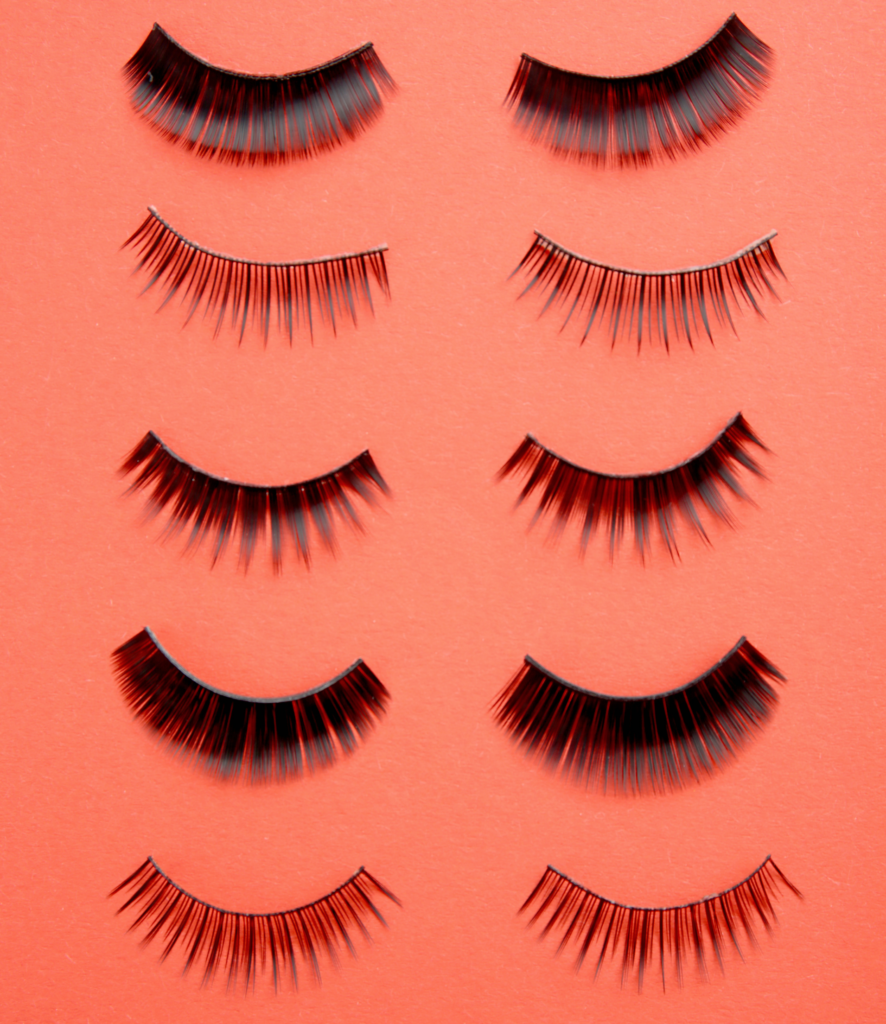
2. False Eyelashes
These are a row of artificial lashes, made of plastic fibres. They are then glued to the base of your natural eyelashes and eyelid, or attached using magnetic attraction between the false lash and a special eyeliner.
If using lash glue, beware it can be an irritant, so use as little glue as possible, avoid getting it in your eyes and remove it carefully and thoroughly after removing the false lashes.
False lashes tend to be applied for an event or occasion, and are not worn overnight.
Your natural eyelashes are somewhat covered whilst wearing false eyelashes or eyelash extensions, reducing the chance they will be touched by external forces. This makes them less likely to stimulate the blink reflex. At the same time, the false lashes/extensions will still collect debris. But they aren’t shaped or designed like natural lashes, so they aren’t as good as moving that debris away from your eyes.
Also check that while you have the extensions or false lashes on, that you can still do a full and complete blink. To avoid your eyes drying out, you need to be able to easily blink and for the top and lower eyelids to touch during a blink.
3. Eyelash Extensions
These are also artificial lashes but they are individually glued to your own eyelashes. Lash extensions can be made out of natural fibres (silk, animal or human hair) or synthetic materials.
Eyelash extensions remain attached to your lashes till they are removed or naturally fall off. They may be present for around 3-4 weeks. During this time debris can build up between the end of the extension and the eyelid. The debris looks very much like dandruff and can contribute to inflammation at the base of the eyelashes and eyelid. The inflammation is called Blepharitis and can cause eye and eyelid irritation, dry eye, blurred vision and red eyes. This debris can be difficult to clean away, as the extensions tend to fall off with some cleaning products or excess oil from your skin. It is best to use oil and glycol-free makeup remover or cleansers on your eyelids, lashes and extensions.
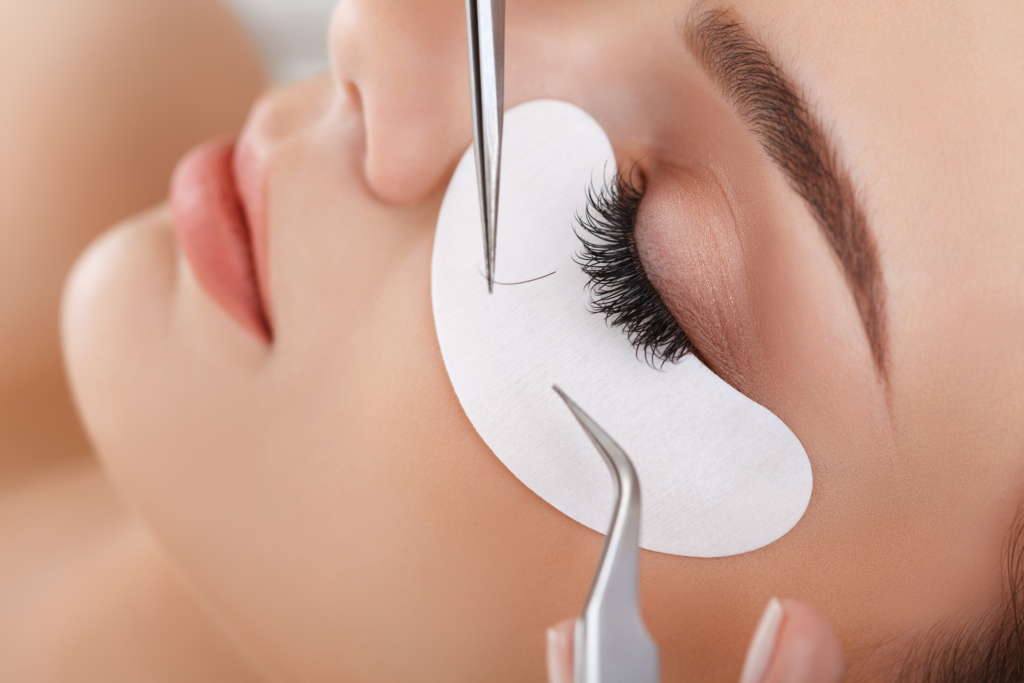
False lashes, lash serums and eye make-up with laser vision correction surgery
All laser vision correction surgeries require you to stop wearing eye makeup for a period of time.
Five days before your surgery remove all eye makeup thoroughly.
With SMILE surgery you need to avoid eye makeup for three days after surgery, with LASIK surgery you need to avoid eye makeup for four weeks. During these stand-down periods please avoid;
- All eye makeup
- Foundation or powders getting to close to your eyes
- Hairspray, dry shampoo, perfume or any aerosols near your eyes
- False eye lashes or eye lash extensions
- Eye lash serums
- Tinting your eye lashes
- Facials and skin treatments that are close to your eyes
Getting your eyelashes tinted about five days before surgery is safe. But avoid getting them re-tinted till after the 3 days or 4 weeks stand-down period.
It is best to have any eyelash extensions removed prior to surgery.
Eye make up and dry eye
Close to 70% of diagnosed cases of Dry Eye Disease are in women. This is mainly due to the greater hormonal influences of female physiology. But makeup and the use of contact lenses for aesthetic/cosmetic reasons may also play a part in this imbalance. Social reasons may also be a factor, such as women being more likely to seek treatment for dry eyes.
Meibomian Gland Dysfunction is one of the most common causes of dry eye. These glands are easily blocked by makeup residue and by oil-based makeup removers. So removing your makeup thoroughly is even more important for dry eye sufferers.
If you have dry eye, consider the advice listed below. Something that would cause no irritation to a normal eye, is more likely to cause a dry eye to have a flare-up. And those flare-ups could mean red, irritated, blurred and sore eyes.
- Avoid mascaras that are more likely to flake and replace them as soon as they start crumbling.
- Avoid powder-based eye shadows and foundations that can flake easily into your eyes. Try cream and gel type products instead.
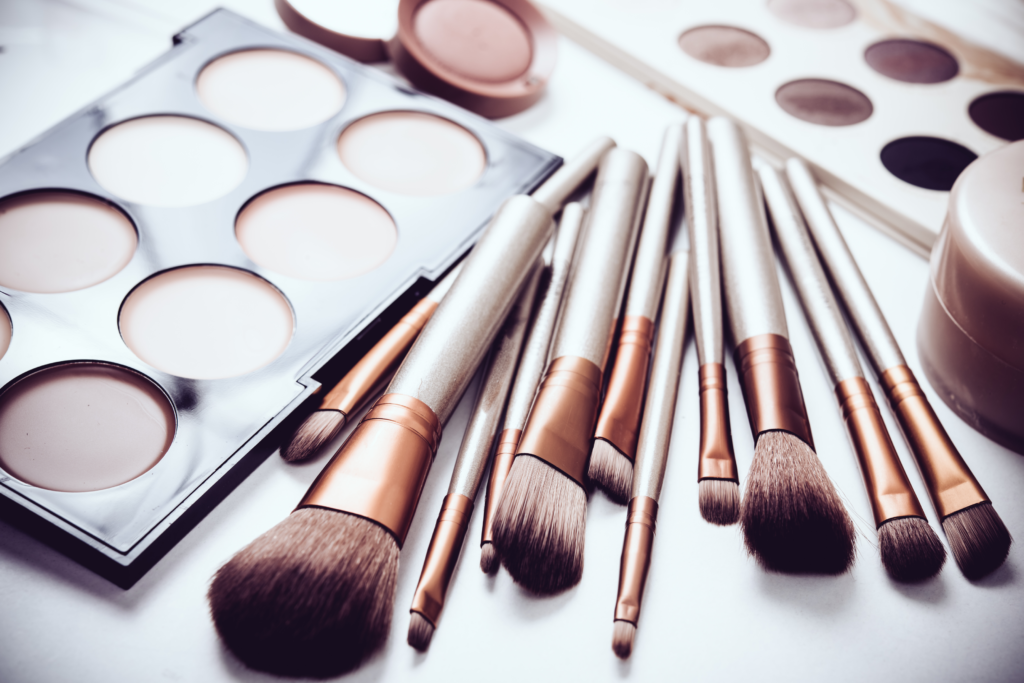
Eye makeup and the effect on eye health
The key fact to remember is that any object or product you put near the eye could introduce infection or could result in an allergic reaction.
To reduce your risk of introducing infections or an irritant to the eye and ocular region check out these recommendations;
- Clean your hands thoroughly before applying makeup or any products to the face
- Do not share makeup brushes or applicators
- Discard makeup based on the manufacturer’s recommendations.
- Particularly important for mascara and other moist products, as these are the perfect environments for bacterial growth.
- Usually every 2-3 months for mascara wands/brushes.
- Discard makeup if you develop an eye or eyelid infection.
- Always remove makeup before going to sleep, especially products sticking to your lashes and eyelids.
- Avoid applying eyeliners or powders to the inside of the eyelid or the ‘water line’
- This technique can be done safely but because of how close the product is to the eye, it will increase your risks of introducing infection or irritants to the area.
- Be extra careful with makeups or eyelash accessories that contain glitter or sparkle. This effect is created by mixing very small pieces of plastic, metal and/or metal oxides. If these particles get into your eye or tears they are irritating and tricky to get out.
Permanent eye make up solutions
Permanent makeup can be applied to the eyelids and eyebrows. Also called cosmetic tattoo, blepharopigmentation or micropigmentation, is the application of iron oxide pigment to the skin using a rotary needle.
Eyelid tattoos have been shown to reduce the number of meibomian glands in the eyelids and to reduce tear film quality. The change in these two factors can lead to dry eye disease. Studies so far have only included small study numbers, and there is a strong chance that individuals with dry eye already are more likely to seek out permanent makeup solutions since normal makeup can cause increased symptoms of dry eye.
The irreversibility of cosmetic tattoos makes it really important for you to be as fully informed about the risks involved.
If you have any questions get in touch, we’d love to help!
If you’d like to learn about laser eye surgery then check out our other blogs about LASIK or SMILE surgeries. You can also book a free assessment or call us on 0800 733 327.

Festive Season and Your Eyes

Vitamins For Good Eye Health and Vision
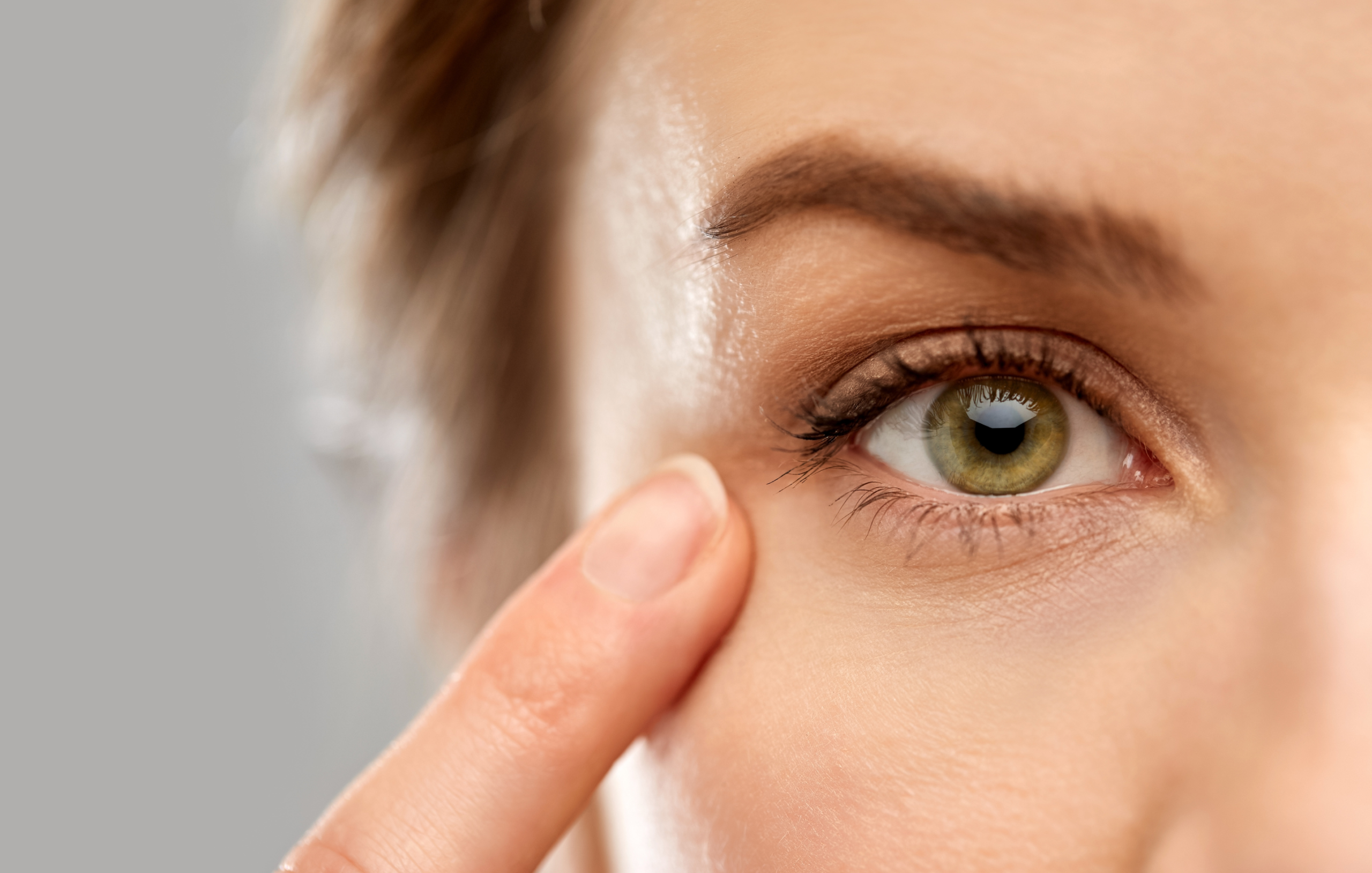
Help my eyelid is twitching!

Do you need to have eye exams after laser eye surgery?
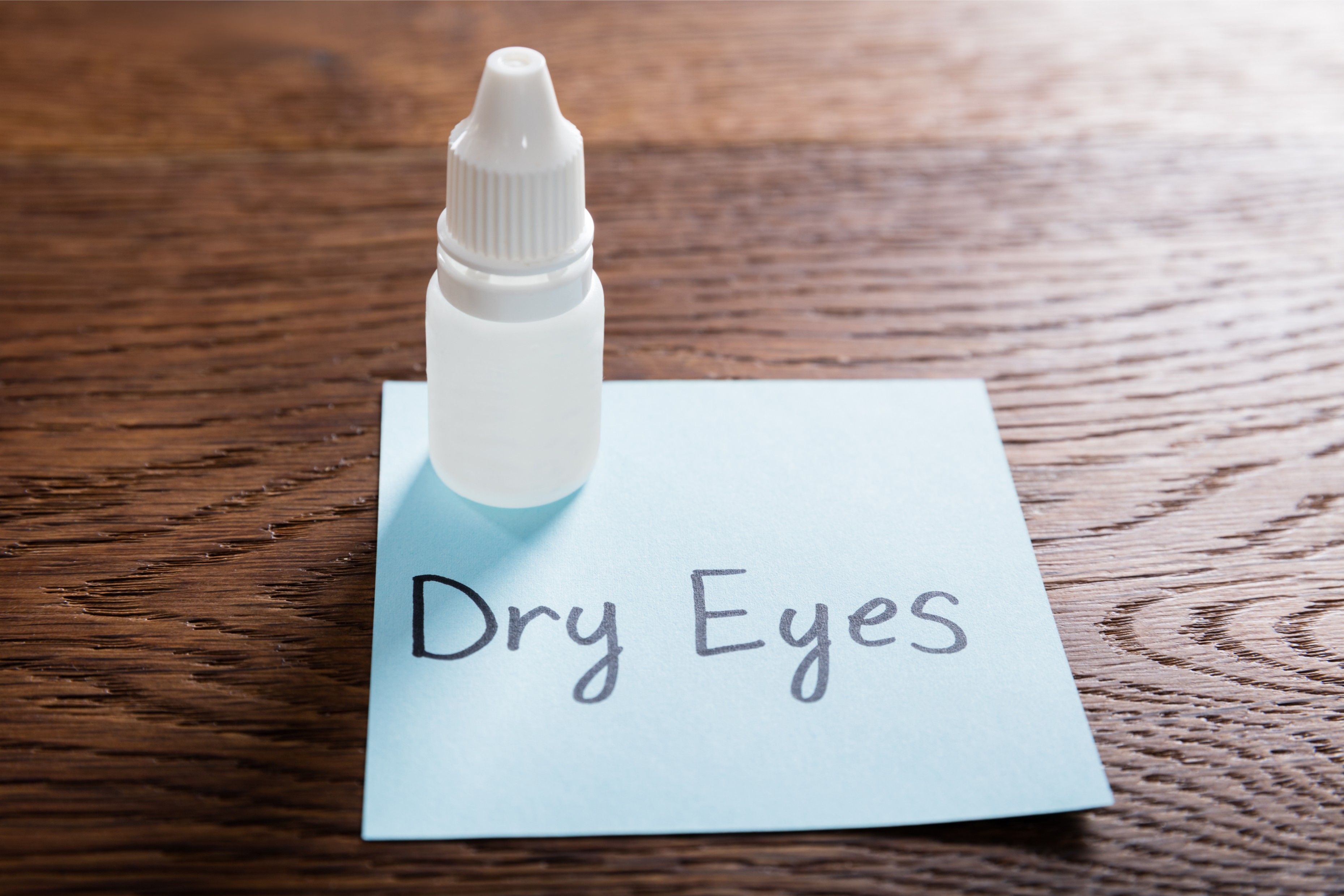
Restasis Eye Drops for the Treatment of Dry Eyes

Meet The Team at the Wellington Eye Centre

Festive Season and Your Eyes

Naumi Studio Hotel Wellington
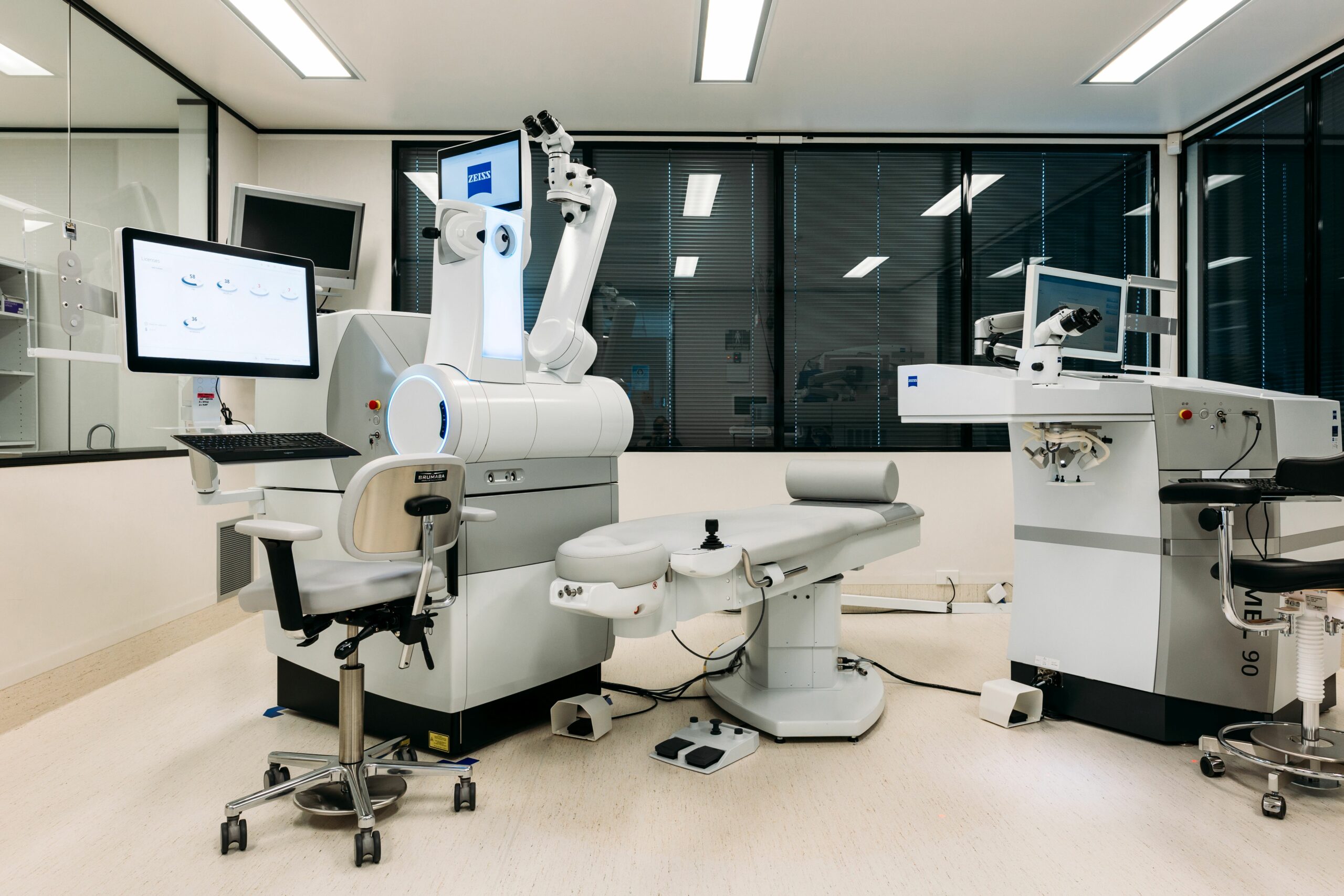
What to Expect on The Day of Surgery

